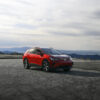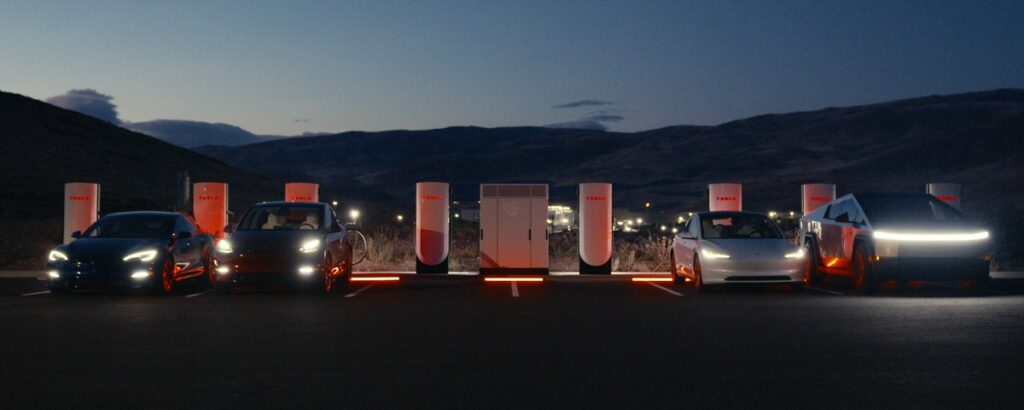
Tesla has unveiled its V4 Supercharger cabinet, a transformative innovation that promises to revolutionize the EV charging experience.
With capabilities of delivering up to 500 kW for passenger cars and an impressive 1.2 MW for the Tesla Semi, the V4 Cabinet signals a new era in high-speed, efficient, and scalable charging infrastructure.
This latest development isn’t just an incremental upgrade but a major leap forward in Tesla’s efforts to redefine the EV ecosystem.
What Sets the V4 Supercharger Apart?
The V4 Cabinet brings a host of innovations that distinguish it from previous generations. One of the most significant advancements is its support for 400V to 1000V vehicle architectures, enabling faster charging times for compatible vehicles.
Tesla’s upcoming Cybertruck stands to benefit the most, with charging speeds up to 30% faster than current options. While Tesla’s S3XY lineup remains capped at 250 kW, the V4 Cabinet prepares the network for future Tesla vehicles and ensures compatibility with other high-power EVs, such as the Porsche Taycan, Kia EV6, and Hyundai IONIQ 5.
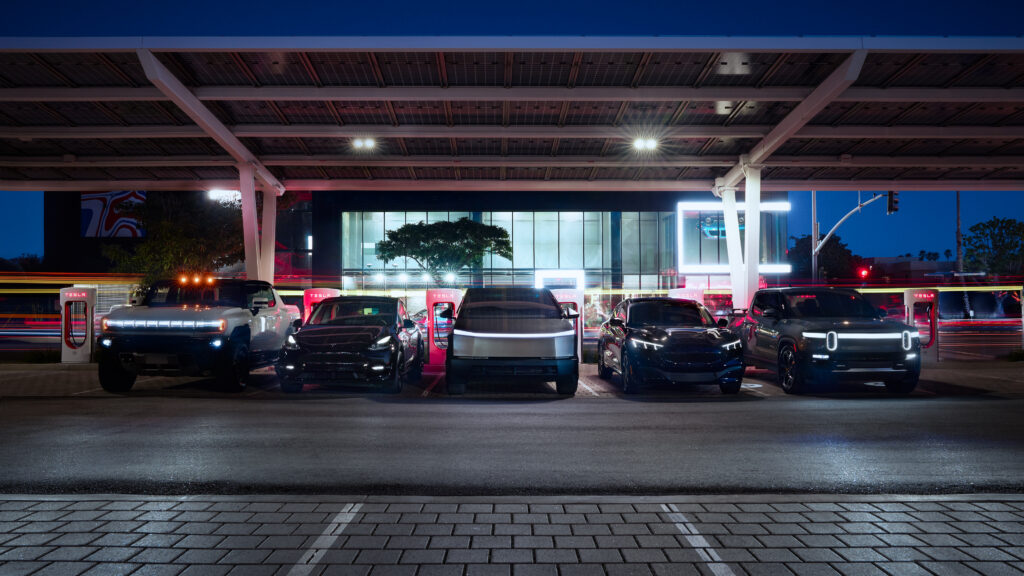
Efficiency is another key focus of the V4 Cabinet. Each unit can power up to eight charging stalls—double the capacity of its predecessors—allowing more vehicles to charge simultaneously without requiring a larger footprint. This design improvement not only reduces the complexity of new site installations but also accelerates Tesla’s ability to roll out new Supercharger locations across the globe.
The hardware itself represents a significant technological leap. Featuring next-generation power electronics, the V4 Cabinet delivers three times the power density of previous systems. This advanced design enhances reliability, reduces operational costs, and ensures a consistent and faster charging experience for users.
Why It Matters
The V4 Cabinet’s introduction comes at a crucial moment for the EV market. With electric vehicle adoption accelerating worldwide, the demand for high-capacity charging infrastructure is at an all-time high.
By enabling faster charging speeds and supporting a broader range of vehicles, Tesla is addressing one of the most pressing challenges in the EV industry: charging accessibility.
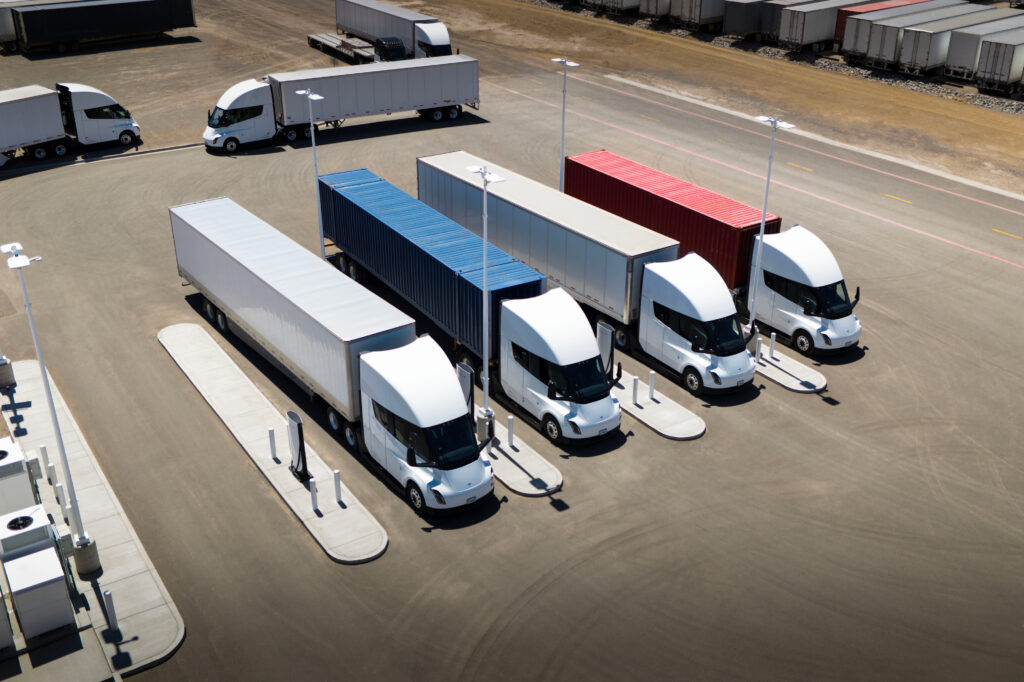
For heavy-duty vehicles like the Tesla Semi, the V4 Cabinet is a game-changer. Its 1.2 MW capacity dramatically reduces charging downtime, making electric freight transport more practical and competitive with traditional diesel-powered options.
At the same time, Tesla’s commitment to supporting the broader EV ecosystem by embracing the NACS standard and accommodating non-Tesla vehicles underscores a shift toward inclusivity and interoperability.
The Road Ahead
The rollout of the V4-equipped Superchargers is set to begin in 2025, with installations currently in the permitting stage. Tesla’s vision extends beyond faster charging, as evidenced by complementary initiatives like the Oasis Supercharger project, which integrates solar power and battery storage for off-grid operation.
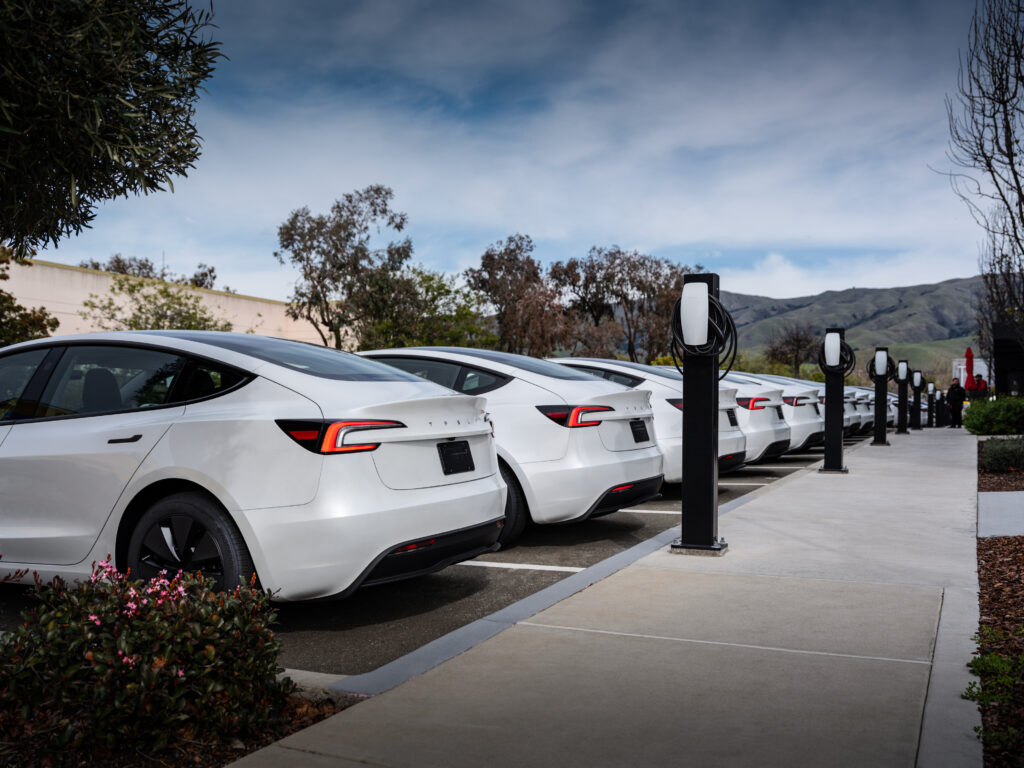
These advancements align with Tesla’s broader goal of creating a sustainable and efficient EV charging network that supports the growing demand for electric mobility.
Charge Complete
The V4 Supercharger Cabinet represents a pivotal step in Tesla’s journey to advance EV charging technology. With groundbreaking features like faster charging speeds, higher station capacity, and enhanced reliability, it sets a new standard for what EV drivers can expect.
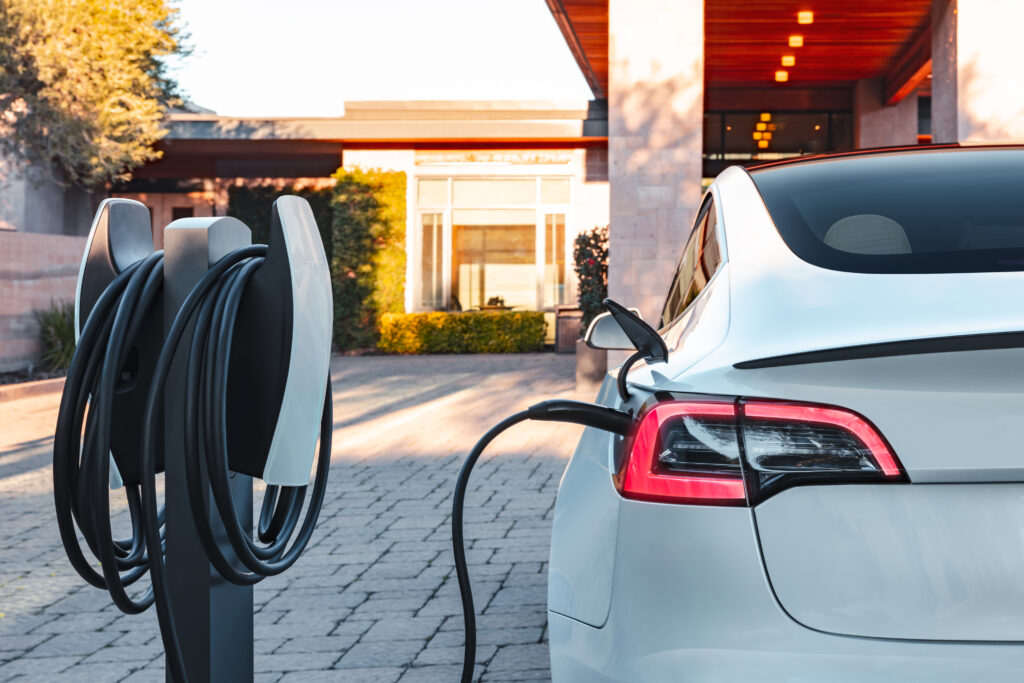
As Tesla moves closer to realizing its vision of a fully sustainable charging infrastructure, the V4 Cabinet ensures that EV owners can spend less time waiting and more time driving. Whether it’s powering passenger cars on cross-country adventures or supporting electric freight transport, Tesla’s latest innovation is a clear signal that the EV revolution is not just moving forward—it’s accelerating.



